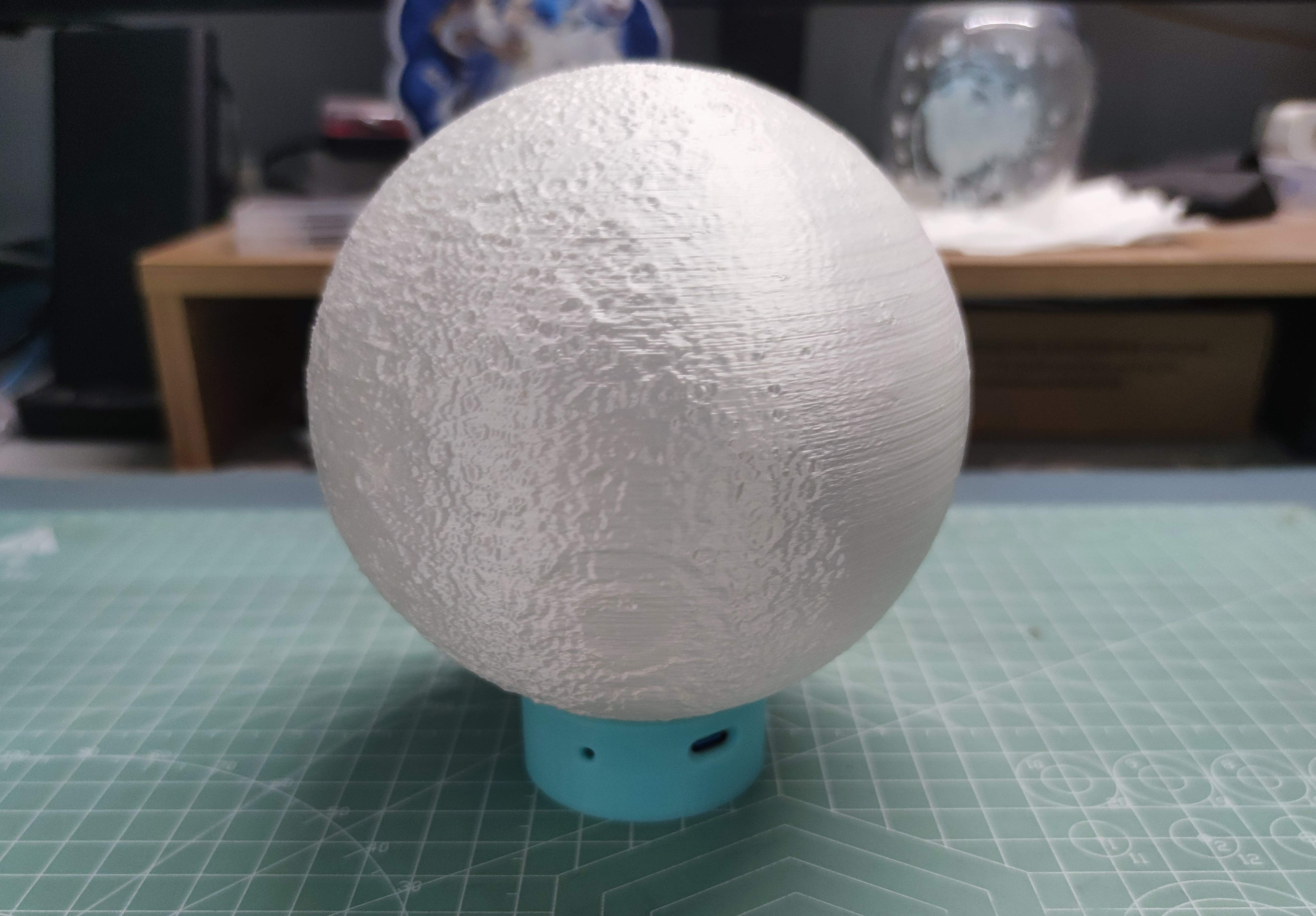 Completed
CompletedMoon Light - based on ESP32-C3 controller
PRO Moon Light - based on ESP32-C3 controller
Moon Light - based on ESP32-C3 controller
334
0
0
0
Mode:Full
License
:GPL 3.0
Creation time:2024-11-19 02:39:31Update time:2024-11-19 09:23:15
Description
Designed by carele_i (from OSHWHub)
Design Drawing
 The preview image was not generated, please save it again in the editor.
The preview image was not generated, please save it again in the editor.Add to Album
0
0
Share
Report
Followers0|Likes0
Related projects
 Empty
Empty


Comment